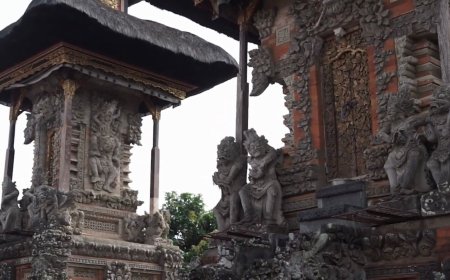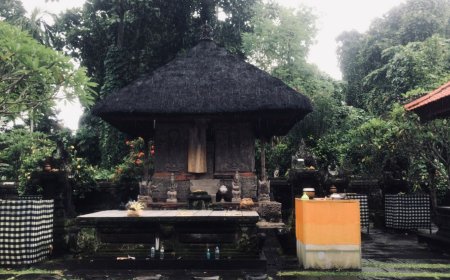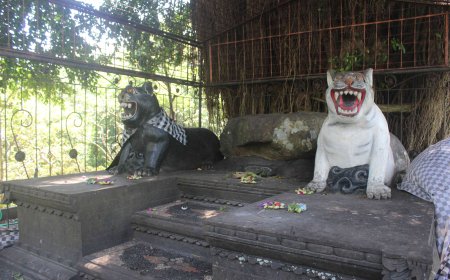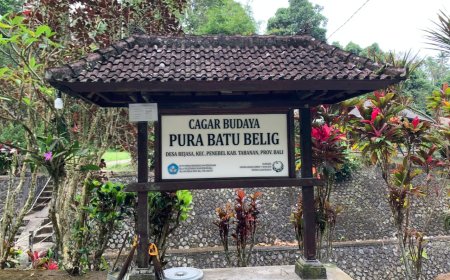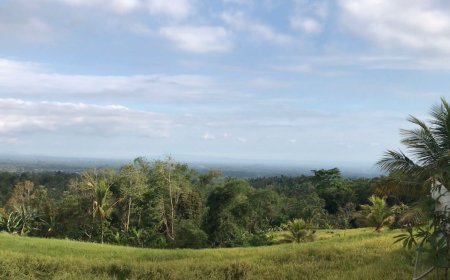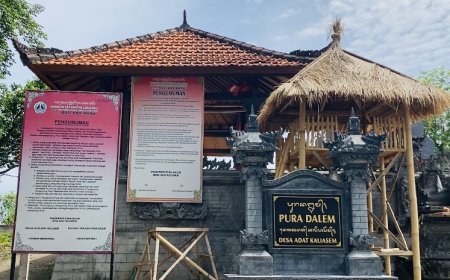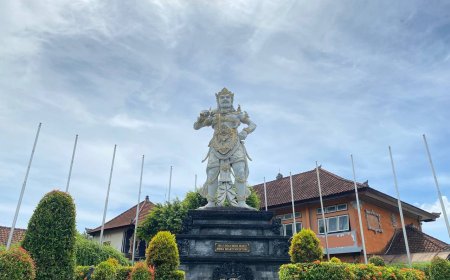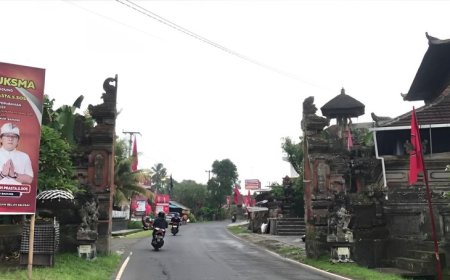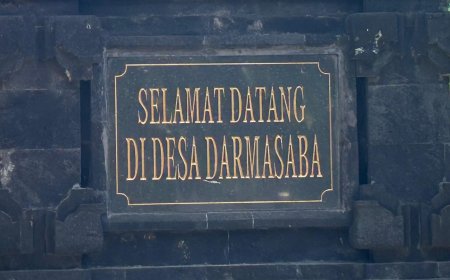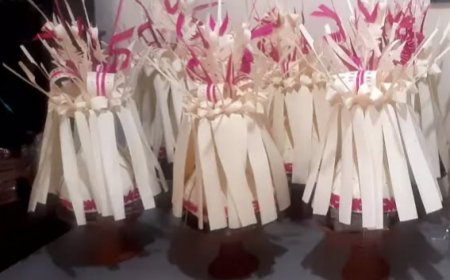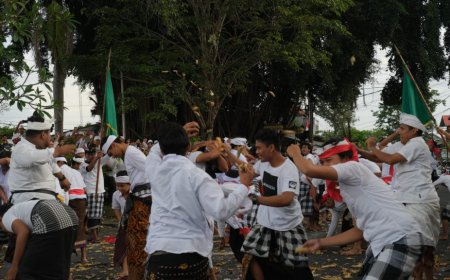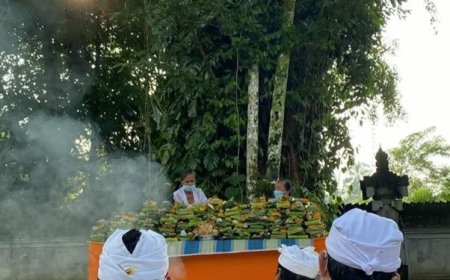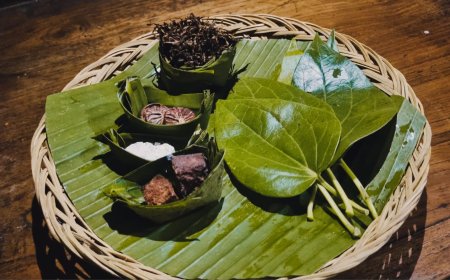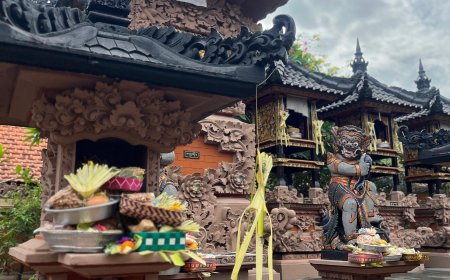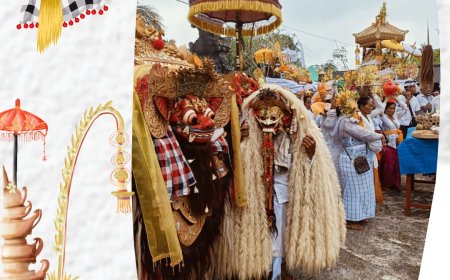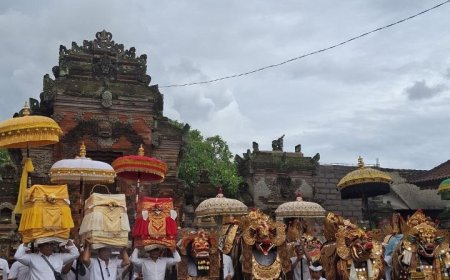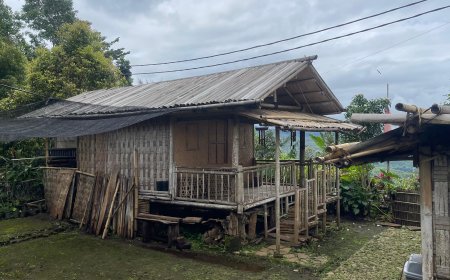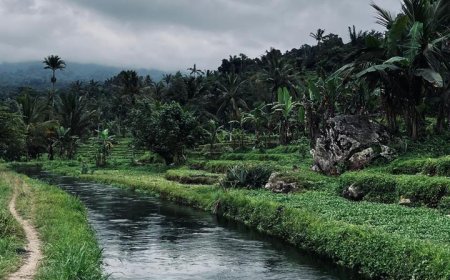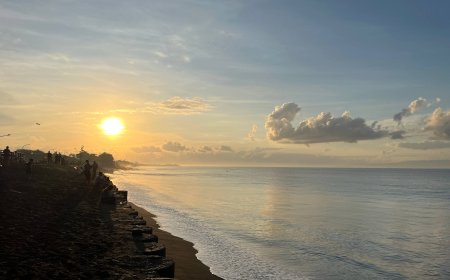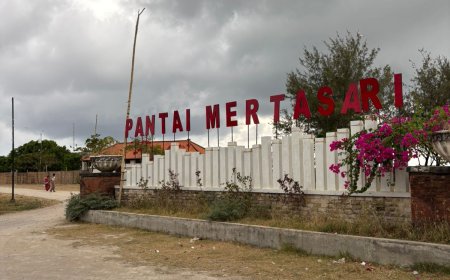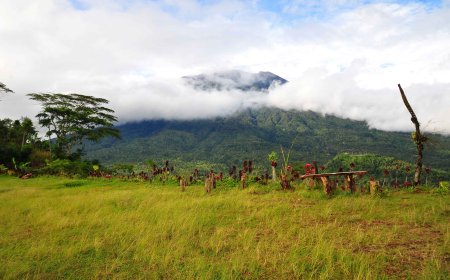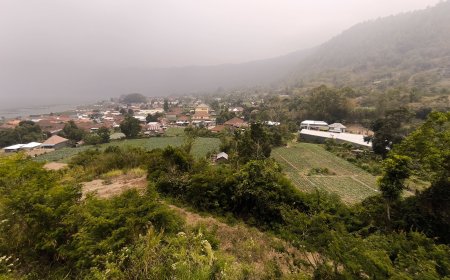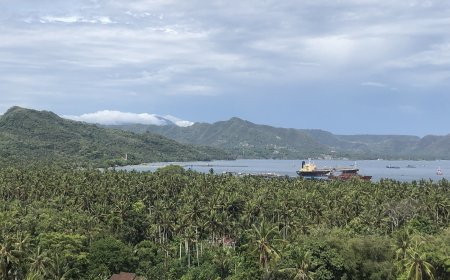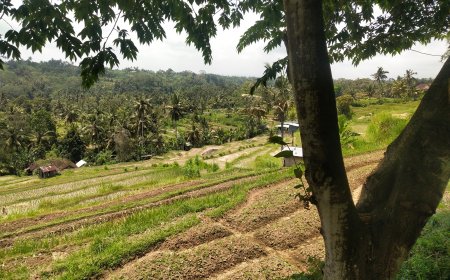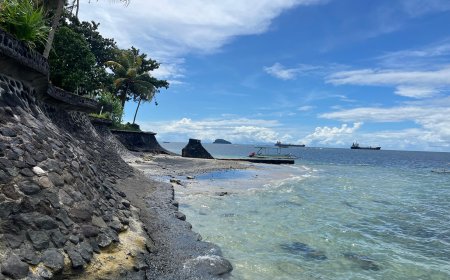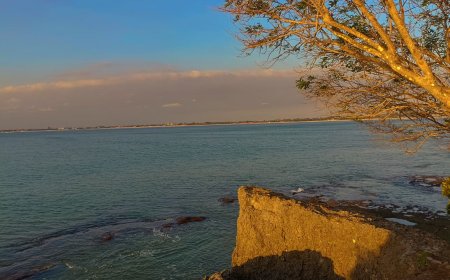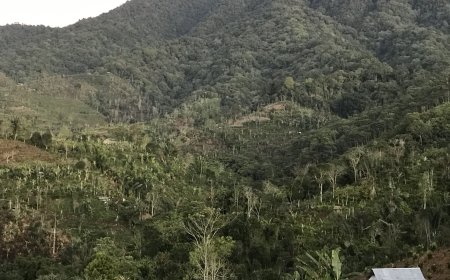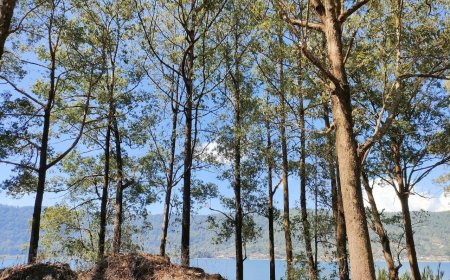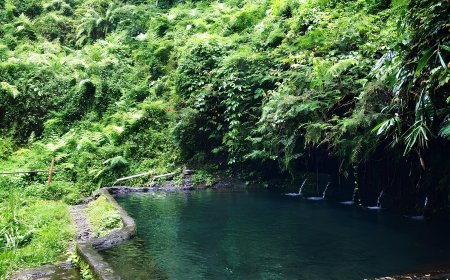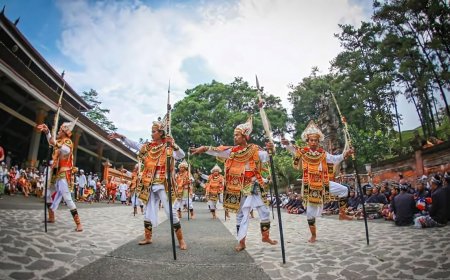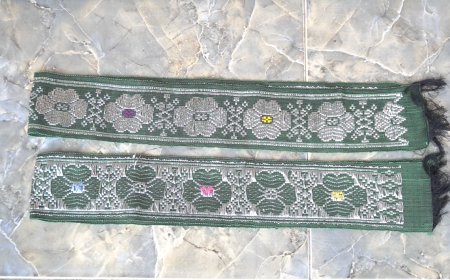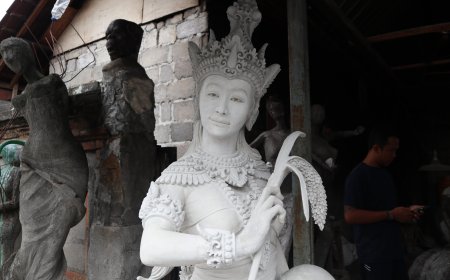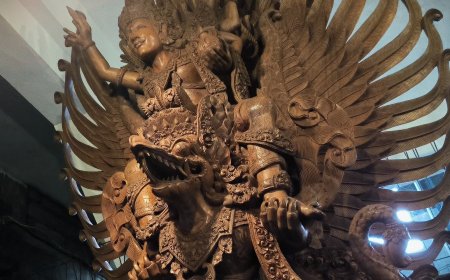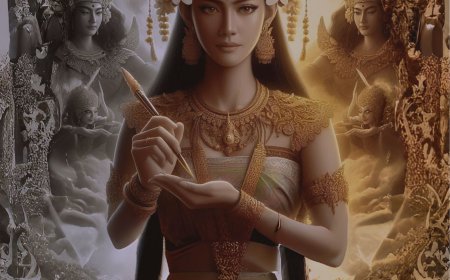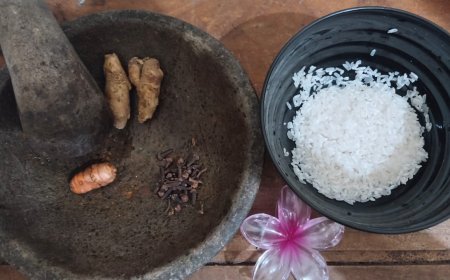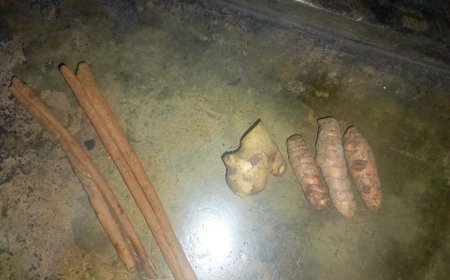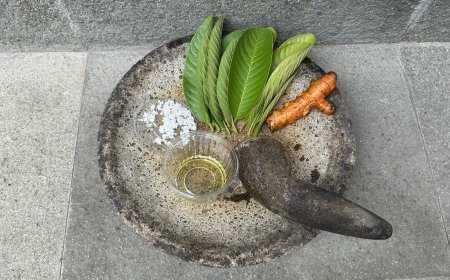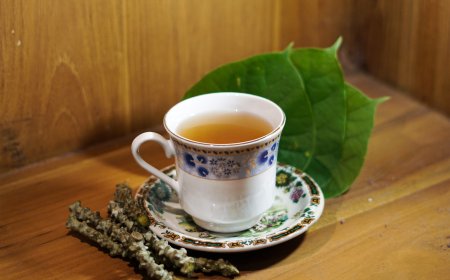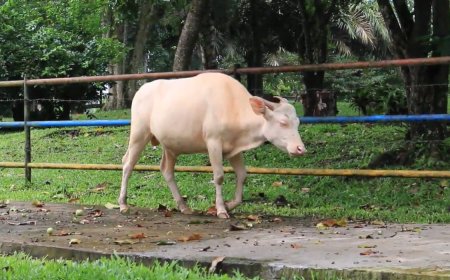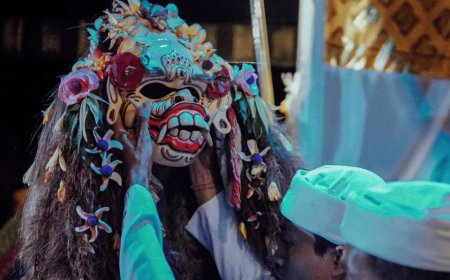The Beauty of the Traditional House of Pedawa Village: A Fusion of Nature, Culture, and Enduring Local Wisdom.
The Bandung Rangki Traditional House in Pedawa Village, Bali, is a symbol of the harmony between nature, culture, and local wisdom that has been preserved by the Bali Aga community for centuries. With its simple yet meaningful architecture, this traditional house reflects the philosophy of life’s balance, where the back space is used for sleeping and worship, while the front space is for daily activities. The preservation of this traditional house is carried out through mutual cooperation by the community, using natural materials, with support from the government, which proposed Pedawa Village as a cultural heritage area since 2018. This house not only functions as a residence but also as a space for ceremonial activities, making its preservation essential to maintaining cultural identity and introducing the Bali Aga heritage to the world.
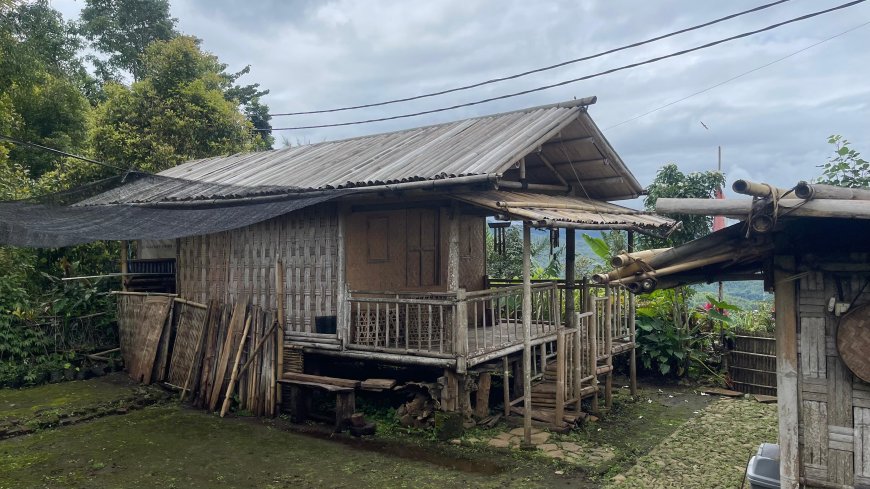
The Bandung Rangki Traditional House is a legacy of the ancestors of Pedawa Village. The villagers, especially the older generation such as Mr. Wayan Surata and other customary elders, play a vital role in preserving the heritage of this traditional house. These houses are passed down through generations within families and have become an integral part of the daily life of the village community. Additionally, the local government has proposed this traditional house as a cultural heritage area since 2018 to ensure its continued preservation.
The Bandung Rangki Traditional House has a unique and simple yet meaningful architecture. The building is square-shaped, approximately 4.5 meters by 4.5 meters, with thick bamboo or bedeg woven walls and a clay floor. The roof is made of selected bamboo or alang-alang grass, carefully arranged to ensure durability. This house features a multifunctional space, which includes the main sleeping area (pedeman gede) for the parents, a small sleeping area (pedeman kicak) for the children, a traditional kitchen with a clay stove, and a pelangkiran as a place for worship.
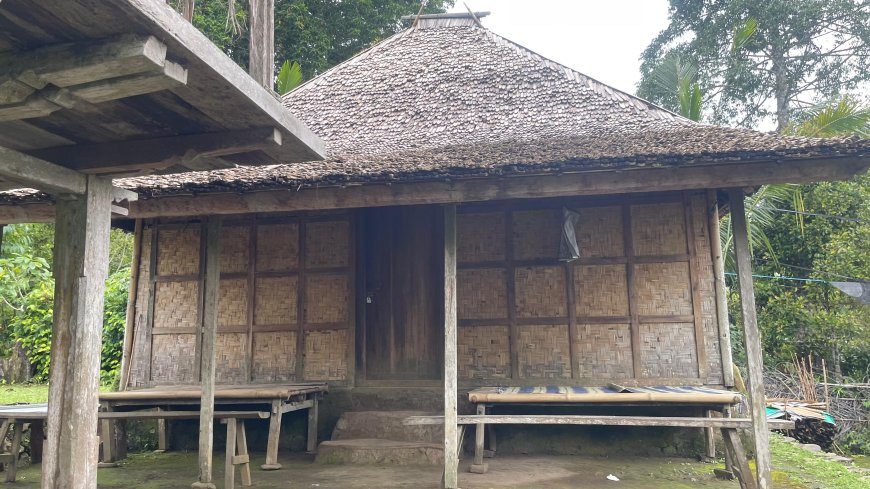
The Traditional House of Pedawa Village(Source: Personal Collection)
Another unique aspect of this traditional house is its spatial concept, which reflects the philosophy of life’s balance. The back section of the house is considered more sacred, as it is used for sleeping and worship, while the front section is used for daily activities such as cooking and storing water. All the elements within the house are arranged without partitions but remain functional.The existence of the Bandung Rangki Traditional House is very important for the people of Pedawa Village, as it symbolizes their cultural identity as the Bali Aga community. This traditional house not only functions as a residence but also serves as a space for various customary ceremonies and religious rituals. For example, the traditional kitchen inside the house is often used to make palm sugar, as part of the long-standing tradition of the local community.
Moreover, the preservation of this traditional house has become increasingly important in the face of modernization, which threatens the existence of traditional buildings. By preserving their traditional houses, the people of Pedawa Village aim to safeguard their ancestral heritage for future generations while also introducing their rich culture to the outside world.
The Bandung Rangki Traditional House is located in Pedawa Village, Banjar District, Buleleng Regency, Bali. Pedawa Village is surrounded by lush green hills with the cool air typical of mountainous areas. The village’s remote location helps protect the traditions and culture of the Bali Aga community from excessive modernization, allowing traditional houses like the Bandung Rangki to still be found today.
The Bandung Rangki Traditional House is believed to have existed before the Majapahit Kingdom entered Bali, or several centuries ago. The average age of these traditional houses is over 50 years, with some even reaching more than 200 years old. Although many traditional houses have been abandoned by their inhabitants for practical reasons, some families continue to care for and occupy these houses as a form of respect for their ancestors.
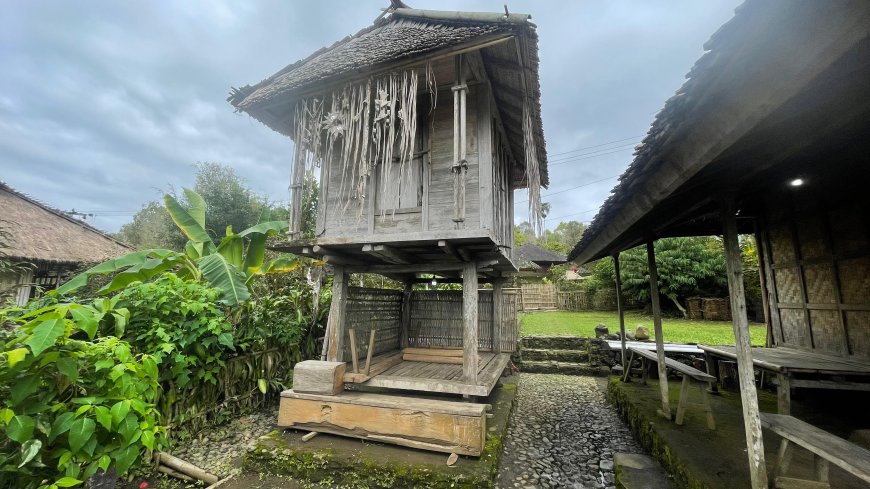
The Jineng Traditional House of Pedawa Village(Source: Personal Collection)
The preservation of the Bandung Rangki Traditional House is carried out through various efforts. The people of Pedawa Village work together to repair the building using natural materials such as bamboo and clay, which are readily available in the surrounding area. They are also actively educating the younger generation about the importance of preserving their cultural heritage so that it is not lost to time.In addition, the local government has provided support by proposing Pedawa Village as a cultural heritage area in 2018. This initiative aims to protect the traditional houses from the threats of modernization while also attracting tourists who wish to learn more about the Bali Aga culture. Visitors to the village can directly witness how the community lives in harmony with nature and their traditions.
The Bandung Rangki Traditional House also reflects local wisdom in the use of natural, eco-friendly building materials that are durable. For example, the special bamboo used for the bedeg walls can last for decades because it is carefully selected by the local community.In conclusion, the Bandung Rangki Traditional House is a symbol of harmony between humans and nature, as well as a representation of the local wisdom of the people of Pedawa Village. Its unique architecture and the cultural values contained within it make this traditional house one of the priceless cultural heritage treasures of the Bali Aga community. With ongoing preservation efforts by the local community in collaboration with the regional government, the Bandung Rangki Traditional House remains a tangible testament to Indonesia's cultural wealth amidst the currents of global modernization.

